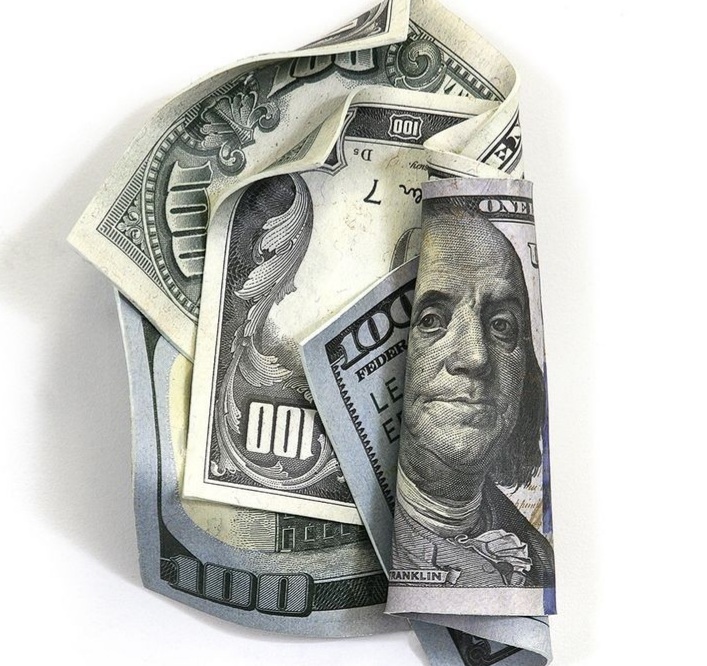Have you ever wondered which currencies are the most valuable in the world? How do they compare to the US dollar, the most widely used and traded currency? And what factors determine the strength of a currency?
In this article, we will explore the top 5 strongest currencies in the world, based on their exchange rate against the US dollar as of November 2023. We will also look at some of the reasons why these currencies are so strong, and how they affect the global economy.
What is a currency and how is it valued?
A currency is a system of money that is used as a medium of exchange for goods and services. There are different types of currencies, such as fiat currencies, which are backed by the authority of a government, and cryptocurrencies, which are based on decentralized networks and cryptography.
The value of a currency is determined by the supply and demand of the currency in the foreign exchange market, where currencies are traded for one another. The exchange rate is the price of one currency in terms of another currency. For example, if the exchange rate of the US dollar to the British pound is 0.75, it means that one US dollar can buy 0.75 British pounds.
The exchange rate of a currency can fluctuate depending on various factors, such as inflation, interest rates, trade balance, political stability, and market sentiment. A strong currency is one that has a high value relative to other currencies, meaning that it can buy more of another currency. A weak currency is one that has a low value relative to other currencies, meaning that it can buy less of another currency.
What are the benefits and drawbacks of a strong currency?
A strong currency can have both positive and negative effects on a country’s economy and its people. Some of the benefits of a strong currency are:
• It can make imports cheaper, which can lower the cost of living and increase the purchasing power of consumers.
• It can make foreign travel and investment more affordable, which can boost tourism and capital inflows.
• It can enhance the country’s reputation and influence in the international arena, as well as its credit rating and borrowing capacity.
Some of the drawbacks of a strong currency are:
• It can make exports more expensive, which can reduce the competitiveness and profitability of domestic producers and exporters.
• It can hurt the domestic tourism and service sectors, as foreign visitors and investors may find the country less attractive and more expensive.
• It can create deflationary pressures, which can lower the overall economic growth and employment.
What are the top 5 strongest currencies in the world?
According to the data from our currency converter, based on the data from Open Exchange at the time of writing, here are the top 5 strongest currencies in the world, ranked by their exchange rate against the US dollar:
• Kuwaiti dinar (KWD): The Kuwaiti dinar is the strongest currency in the world, with 1 dinar buying 3.26 dollars (or, put another way, $1 equals 0.31 Kuwaiti dinar). The Kuwaiti dinar is pegged to a basket of currencies, mainly the US dollar, the euro, the British pound, and the Japanese yen. The Kuwaiti dinar was introduced in 1961, replacing the Gulf rupee. Kuwait is a small but wealthy country, with the world’s sixth-largest oil reserves and a high per capita income.
• Bahraini dinar (BHD): The Bahraini dinar is the second strongest currency in the world, with 1 dinar buying 2.65 dollars (or, put another way, $1 equals 0.38 Bahraini dinar). The Bahraini dinar is also pegged to a basket of currencies, mainly the US dollar. The Bahraini dinar was introduced in 1965, replacing the Gulf rupee. Bahrain is an island nation in the Persian Gulf, with a diversified economy that relies on oil, banking, tourism, and manufacturing.
• Omani rial (OMR): The Omani rial is the third strongest currency in the world, with 1 rial buying 2.60 dollars (or, put another way, $1 equals 0.38 Omani rial). The Omani rial is pegged to the US dollar at a fixed rate of 0.3845 rial per dollar. The Omani rial was introduced in 1973, replacing the rial Saidi. Oman is a country in the Arabian Peninsula, with a rich history and culture, and a stable and prosperous economy that depends on oil, gas, and tourism.
• Jordanian dinar (JOD): The Jordanian dinar is the fourth strongest currency in the world, with 1 dinar buying 1.41 dollars (or, put another way, $1 equals 0.71 Jordanian dinar). The Jordanian dinar is pegged to the US dollar at a fixed rate of 0.709 dinar per dollar. The Jordanian dinar was introduced in 1950, replacing the Palestinian pound. Jordan is a country in the Middle East, with a strategic location and a moderate and reform-oriented government. Jordan’s economy is based on tourism, trade, services, and remittances.
• British pound (GBP): The British pound is the fifth strongest currency in the world, with 1 pound buying 1.36 dollars (or, put another way, $1 equals 0.74 British pound). The British pound is a floating currency, meaning that its value is determined by the market forces of supply and demand. The British pound is also known as the pound sterling, and is the oldest currency still in use today. The United Kingdom is a major global power, with a strong and diverse economy that includes finance, manufacturing, technology, and entertainment.
According to the data from the Open Exchange at the time of writing, the weakest currency in the world is the Iranian Rial (IRR). One US dollar can buy about 514,000 IRR on the black market, or about 42,285 IRR at the official rate.
The Iranian Rial has been devalued by various factors, such as political instability, economic sanctions, inflation, and the Covid-19 pandemic. The Iranian government has decided to replace the Rial with a new currency called the Toman, which will have four fewer zeroes than the Rial. However, this change has not yet been implemented.


